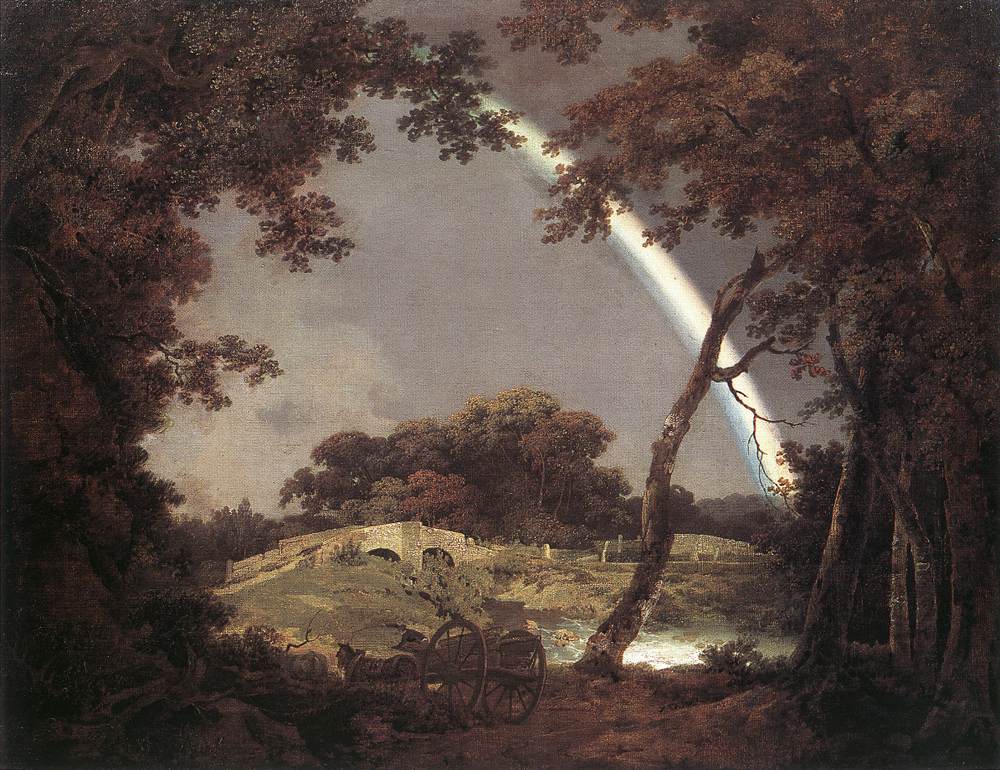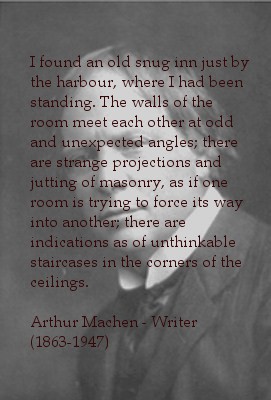
It seems that around the end of the 17th century the piers were in a similar poor state of repair as they are today. Robert Tate Gaskin, author of The Old Seaport of Whitby (1909), writes, "On the 8th of December 1696 a petition from Whitby was presented to the House of Commons and read. It set forth that Whitby Harbour was one of the most commodious in the north of England, being capable of receiving 500 sail of ships." He goes on to quote from the House of Commons journals, " ..the ancient piers being much decayed the mouth of the harbour being almost choked up, and in danger of being quite stopped up unless the piers be repaired."
A bill was eventually carried by Royal Assent on May 6, 1702 amid protest and initial refusals of help. Duties were imposed by the Trustees of the town (Gideon Meggison, Ralph Boyes and Henry Linskill) upon shipping using the port, a tax towards the upkeep and reconstruction of the harbour. This period coincided with an upturn in prosperity in the town due to the increase in whaling and the coastal collier trade between the Tyne and the Thames. Colliers needed a safe haven between the Tees and the Humber in the event of storms and this would have been a strong case in Whitby’s favour regarding funding for new harbour works.
Young writes, in his History of Whitby (1816), "The act of 1812 particularily authorises the repairing of the east pier, which is now enlarging on the outside, in the same durable form as the west pier, to the breadth of 15 yards. This pier, which is about 215 yards long forms the grand barrier to protect our town from the fury of the German ocean, which often breaks over it with great violence."
 The west pier was almost wholly rebuilt by Mr Francis Pickernell, the engineer of the Harbour Trustees. It was completed on Christmas Eve, 1814, being built with stone from nearby Aislaby Quarry. Pickernell also designed the west pier lighthouse with its fluted Grecian column. This was completed in just 11 weeks in October 1831. The Acts passed to finance all this work were eventually repealed by 1861, considerably longer than the initial period of 9 years agreed in 1702. In the words of George Young this building activity resulted in, "..an admirable piece of workmanship, which may vie with any pier in the kingdom, either for strength or beauty." Francis Pickernell died in September 1871. By this time Whitby possessed much of the fine stone built harbour we see today.
The west pier was almost wholly rebuilt by Mr Francis Pickernell, the engineer of the Harbour Trustees. It was completed on Christmas Eve, 1814, being built with stone from nearby Aislaby Quarry. Pickernell also designed the west pier lighthouse with its fluted Grecian column. This was completed in just 11 weeks in October 1831. The Acts passed to finance all this work were eventually repealed by 1861, considerably longer than the initial period of 9 years agreed in 1702. In the words of George Young this building activity resulted in, "..an admirable piece of workmanship, which may vie with any pier in the kingdom, either for strength or beauty." Francis Pickernell died in September 1871. By this time Whitby possessed much of the fine stone built harbour we see today.
The harbour entrance was once the 'front door' of Whitby, the sea for centuries being the town's main means of communication with the outside world. The imposing aspect of our piers and lighthouses is best appreciated when approaching from the sea.
C. Corner




















